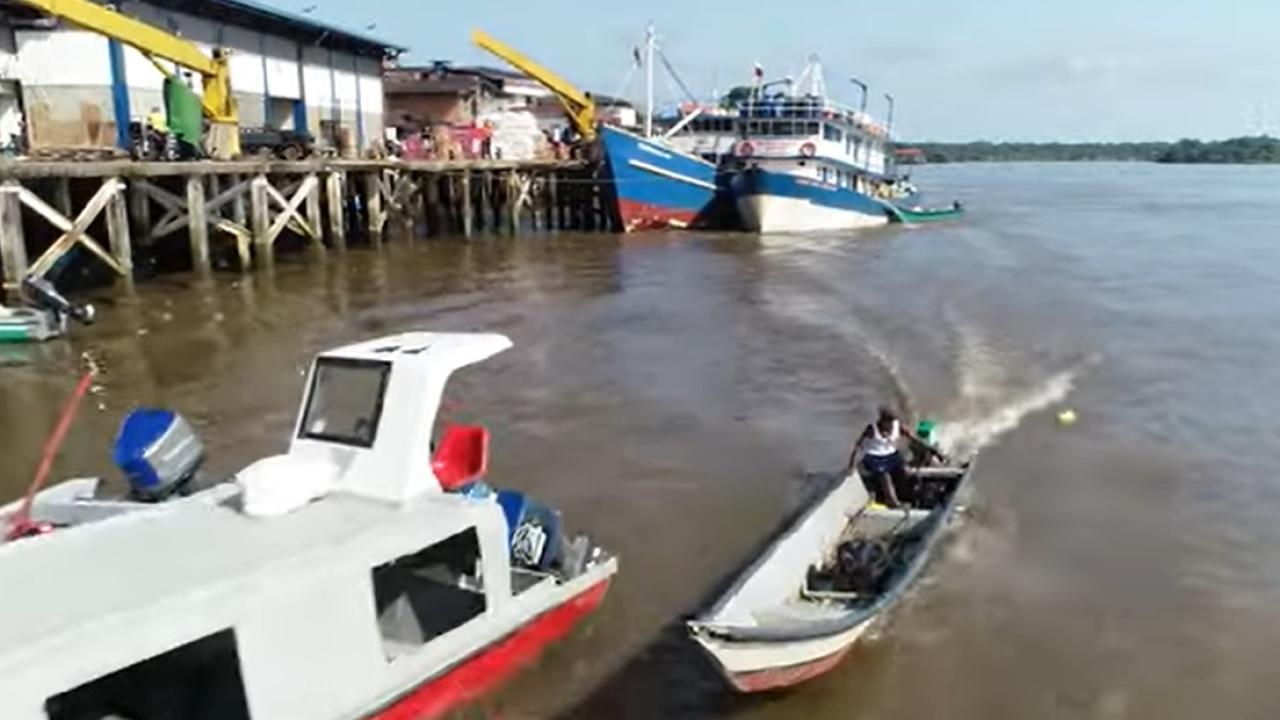
The project hopes to improve connectivity and foster economic development, benefiting more than 1.7 million inhabitants. This plan is set for 25 years to be developed in the short, medium and long term. The question is how will it be done?
The National Government presented the Regional Intermodal Transport Plan (PRTI), which includes the construction of 350 docks, airports, airfields, transport terminals and more than 2,200 kilometers of roads in the Mid-Pacific Subregion, the Nariño Border, Alto Patía and Northern Cauca.
With an estimated cost of $13.8 trillion, approximately US$3 billion, this plan is scheduled for implementation in 2050 and is expected to boost sustainable development in the region, with a focus on the modernization of river and land transport.
The aim of the project is to improve connectivity and promote economic development in the region, benefiting more than 1.7 million inhabitants and nearly 39 municipalities in three departments: Cauca, Valle and Nariño.
“We seek to enhance the development and progress of this region by improving river mobility, intermodality and the quality of life of people, since many communities move mainly or in many cases, only by rivers, and it is here where we manage to plan with the communities a transport infrastructure that adapts to their needs,” said the general director of the Transport Infrastructure Planning Unit (UPIT), Martha Constanza Coronado Fajardo.
Among the strategic projects is the route to the sea between Popayán and Guapi, a 265-kilometer corridor that has been requested by the communities of the region for more than 100 years.
In addition, the construction of more than 350 docks and 2,200 kilometres of tracks is planned, distributed in 65 projects: six primary network projects, 35 secondary network projects and 24 tertiary network projects.
The PRTI also plans the construction of 14 new transport terminals in municipalities such as Corinto, Piendamó, Guapi, Tumaco, among others, and the creation of three airports and five airfields. These works will improve internal connectivity within the three departments and their integration with the center of the country.
According to Director Coronado, this plan defines infrastructure projects in different ways “so that these communities can connect.” This plan is set for 25 years to be developed in the short, medium and long term, with the studies and designs required for its implementation.
“It is part of the potential that this region has in terms of rivers. The rivers are where people make their lives,” said the official. She added that, with these connections that are not marked by time slots, it will benefit with better infrastructures and transfers.
However, this would bring new sources of fuel, he said, "which is currently making this mode of transport more expensive," and today river transport would be one of the most economical, considering the needs it has today.
To promote the project, UPIT will manage communication through social media.
"This initiative highlights the importance of rivers as a key option to meet the travel and mobility needs of hundreds of communities in different areas of the country," said the transport entity.









